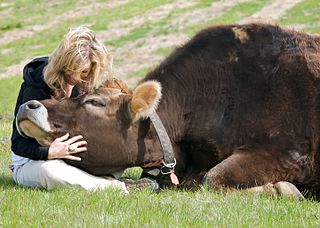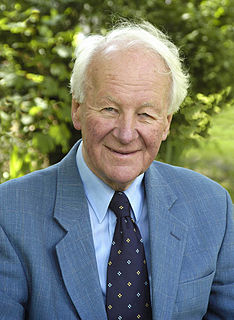A Quote by Anthony Bourdain
The ingredients of a hamburger seldom vary. It's a percentage of fat to lean meat, add salt and prepare and that's it. It shouldn't need a recipe.
Related Quotes
All red meat contains saturated fat. There is no such thing as truly lean meat. Trimming away the edge ring of fat around a steak really does not lower the fat content significantly. People who have red meat (trimmed or untrimmed) as a regular feature of their diets suffer in far greater numbers from heart attacks and strokes.
Science does not enter a chaotic society to put order into it anymore, to simplify its composition, and to put an end to controversies. It does enter it, but to add new uncertain ingredients... to all the other ingredients that make up the collective experiments. When scientists add their findings to the mix, they do not put an end to politics; they add new ingredients to the collective process.
God intends us to penetrate the world. Christian salt has no business to remain snugly in elegant little ecclesiastical salt cellars; our place is to be rubbed into the secular community, as salt is rubbed into meat, to stop it going bad. And when society does go bad, we Christians tend to throw up our hands in pious horror and reproach the non-Christian world; but should we not rather reproach ourselves? One can hardly blame unsalted meat for going bad. It cannot do anything else. The real question to ask is: Where is the salt?



































